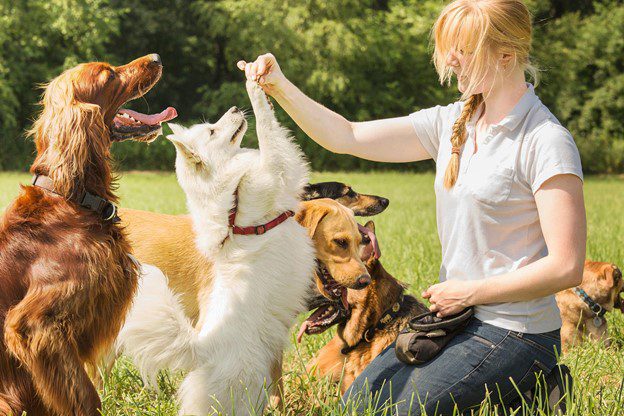What Is Proofing and Why Does It Matter?
Training your dog to sit, stay, or come at home is an excellent foundation—but it’s only the beginning. True obedience is tested in the real world, where distractions like squirrels, strollers, and strangers challenge even the best-trained dogs. This is where proofing comes in: the process of teaching your dog to perform known behaviors consistently across different environments, people, and distractions.
Understanding the Three Ds: Duration, Distance, and Distraction
Dogs don’t automatically apply what they’ve learned in one setting to another. Behavioral science supports this—learning is highly context-specific, meaning commands taught in the kitchen often fall apart at the park (Bouton, 2002). To close this gap, trainers use the “Three Ds”: Duration (how long a behavior is held), Distance (space between handler and dog), and Distraction (external stimuli). Adjusting any of these requires the behavior to be re-taught and reinforced in that new context (AKC, 2023).
How to Gradually Train for Real-Life Situations
The key to effective proofing is gradual progression. Start in a quiet place and add low-level distractions before working up to busier environments like dog-friendly stores or sidewalks. This method aligns with classical conditioning principles—positive exposure reduces fear and builds focus (Pavlov, 1927; Overall, 2013). Always use high-value rewards to maintain motivation, especially when competing with real-world chaos. Studies in operant conditioning confirm that stronger reinforcers improve behavior retention in complex situations (Skinner, 1953).
Integrate Obedience into Everyday Moments
Incorporate obedience into daily routines. Ask for a “stay” while you open the front door or a “sit” at a crosswalk. These real-life scenarios build situational fluency, which strengthens neural pathways and helps your dog generalize commands (Rescorla & Wagner, 1972). Remember to train in layers—don’t stack distance, distractions, and duration all at once. Break it down so your dog can build confidence incrementally.
Recognizing Stress Signals During Training
Watch for signs of stress. Lip-licking, yawning, or turning away are often mistaken for stubbornness but actually signal discomfort. Pushing too hard can lead to frustration and setbacks. A 2018 study in Applied Animal Behaviour Science found that respecting stress signals is key to maintaining training progress and the dog-handler relationship (Rooney & Cowan, 2011).
Building Confidence Through Controlled Exposure
Controlled exposure builds resilience. Gradually training in real environments helps dogs develop focus and calmness around distractions. Use quiet walking trails, empty parking lots, and store edges as low-pressure practice zones. This method mirrors desensitization protocols used by veterinary behaviorists to reduce reactivity and fear (Overall, 2013).
Train With Precision Dog Training for Real-World Results
At Precision Dog Training, we take obedience beyond the backyard. Our customized programs focus on real-world application, using science-backed techniques to build lasting, reliable behavior. Whether you’re aiming for stress-free outings or off-leash control, we’re here to help your dog become the calm, focused companion you can take anywhere. Contact us today to book a consultation and see the difference personalized, real-life training can make.






